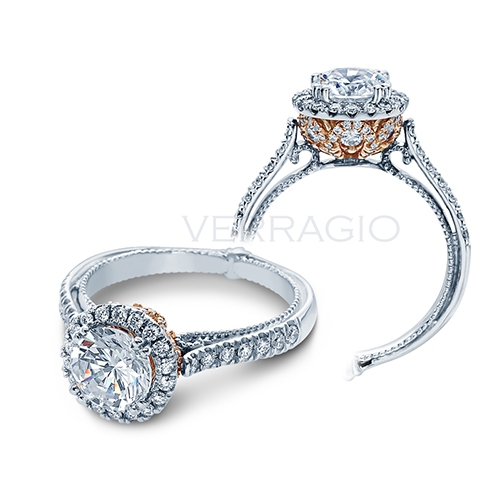Carat
This is a way of describing the weight of a diamond. In modern times, the carat for gemstones equals 200 milligrams, or one-fifth of a gram. Jewellers use fractional carats to measure their stones, usually in increments of one-quarter. Diamonds can be as small as one-quarter, or half a carat. Since large stones of several carats are comparatively rare, prices rise as size increases.
Cut
This term does not refer to the actual shape of the diamond, such as square or oval. Rather, it refers to the diamond’s symmetry, proportion and polish – all these have profound effects on a diamond’s brilliance. A properly cut diamond has a highly symmetrical arrangement of facets that capture, redirect and reflect light for full, dazzling effect.
Clarity
Diamond clarity relates to visual features within the diamond, called inclusions. And, to defects on the surface, called blemishes. Crystals from other minerals, cracks and other imperfections are types of inclusions that affect how the diamond scatters light. Surface defects may reduce or redirect light as it enters the diamond. Both Inclusions and blemishes affect the brilliance, or sparkle, of a diamond. The rarest and most expensive diamonds, with no inclusions or blemishes, are described as flawless.
Color
Diamonds come in a variety of colours: steel-gray, white, blue, yellow, orange, red, green, pink-to-violet hues, brown, and black – all depending on the chemical impurities and variations in the crystal lattice within the diamond.






